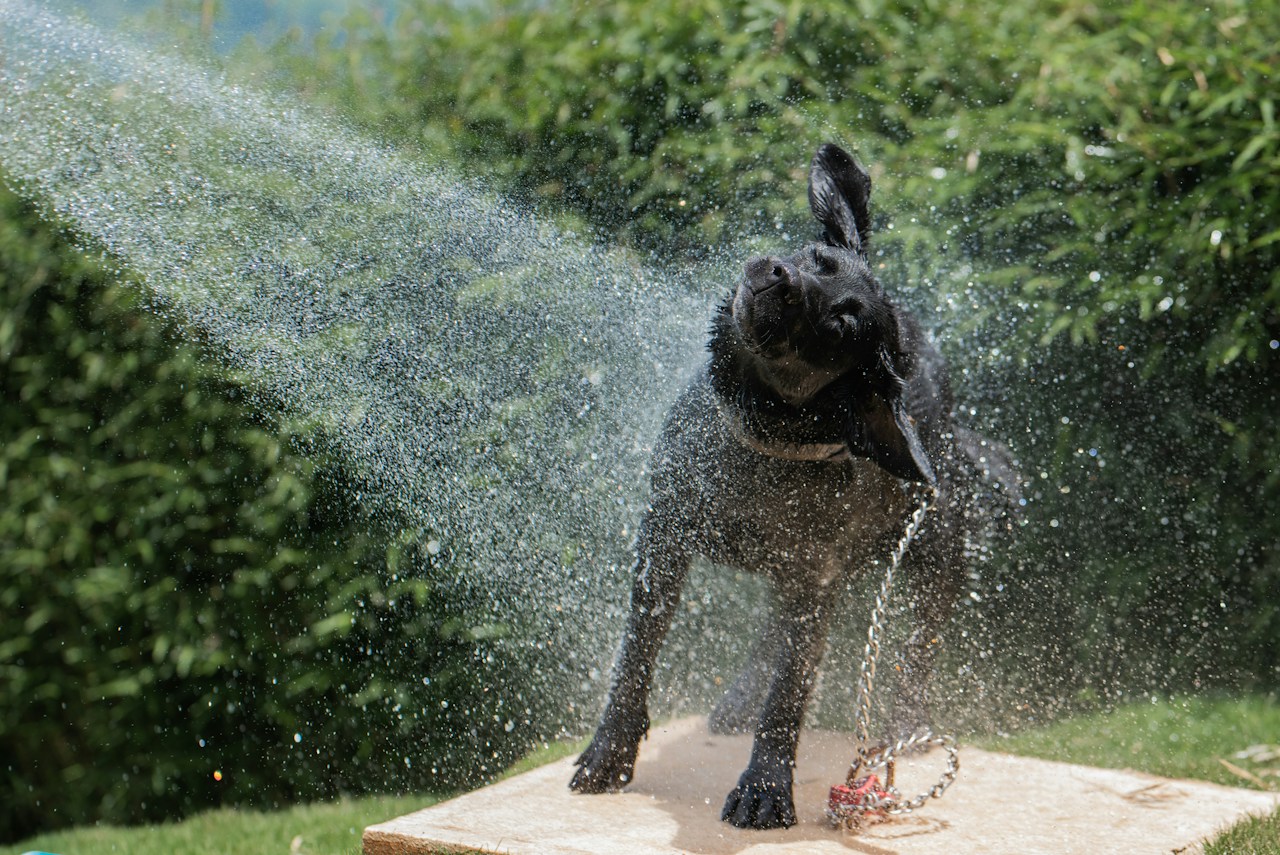If you’re a worried owner wondering “Why is my dog sad? ” You should be aware that dogs can experience sadness and even depression for a variety of reasons. We now know that dogs are capable of complex emotions like happiness, discrimination, or sadness thanks to the most recent ethology studies.
This behavior mustn’t be ignored; therefore, in this article, we will explain why a dog is sad and what to do about it. We will go over the most common signs we can see, the causes of those signs, and some management tips that every owner should follow to ensure the health of their best friend.
Table of Contents

Is it depression or sadness in dogs?
To begin, it is critical to note that a continuous state of depression in the dog, which can last days or even weeks, is not the same as a single episode of sadness. However, the signs that we can see are very similar, so it is critical not to ignore them and to act quickly, as this will prevent them from going too far, becoming chronic, or worsening.
How can I tell why is my dog sad?
So dogs are susceptible to sadness and depression, but how do we recognize it? If we are familiar with our best friend’s typical behavior, it will be easier to detect when something is wrong; however, if we have recently adopted the dog, this will be more difficult.
The following are the most common signs or symptoms of sadness in dogs:
- Appetite loss
- Appetite stimulation
- Apathy
- Inactivity
- Prostration reduced activity and increased sleep
- Wailing\sCrying\sHowls
- Absence of play Fear of aggression
- Stress Anxiety Lack of interaction
- Lack of concern for the environment
- Stereotypes Incontinence Hides
Why is my dog sad? – 5 causes
If you notice your dog acting sad, it’s a good idea to take them to the vet first to rule out any health issues like viruses or parasites. Once medical problems are ruled out, you can consider other reasons for your dog’s sadness:
- Adoption of the puppy: If you recently brought home a new puppy, your dog might feel a bit down as they get used to the new family dynamics.
- Changes in the Family: Events like a new baby, a loss, or introducing another pet can make your dog feel sad until they adjust.
- Avoid Punishment: Using positive reinforcement works better than punishing your dog, as punishments may lead to fear or sadness.
- Combat Loneliness: Dogs need company, so being left alone for too long can make them feel lonely and sad. They also need physical and mental activities.
- Address Traumatic Experiences: If your dog went through a stressful or traumatic event like a fight or injury, it could contribute to their sadness.
Remember, understanding the cause helps in finding the right solution for your furry friend.

What should I do if my dog is depressed?
Whether we have identified the cause of our dog’s sadness or not, we should see a veterinarian who specializes in ethology or a licensed professional canine trainer or educator for a diagnosis and a list of exercises and guidelines. management. However, while we await the specialist’s visit, it may be prudent to follow the following basic guidelines:
Pay more attention to canine communication.
Any dog owner understands their dog; however, during a period of sadness or depression, it is critical to pay much more attention to the dog’s body language to be more respectful of him. We will avoid behaviors that may cause you unnecessary stress, and we will provide you with positive and enjoyable experiences that promote well-being and a positive mood whenever possible. A good walk or a bowl of home-cooked dog food are two simple but effective examples.

Increase your time spent with him.
As previously stated, a dog should not be left alone for more than 6-8 hours per day; however, spending more time by his side also means paying attention to him. It is not necessary to constantly caress him; a brushing session or encouraging him to follow us around the house while we do our daily tasks can be beneficial.
At home, it promotes calm and relaxation.
There are some relaxation exercises for dogs that, in addition to strengthening our bond with our best friend, are very effective for dogs who suffer from stress and anxiety. Of course, we must be consistent and perform them daily for them to be truly effective and have a positive impact on the dog.

Enhances the quality of daily walks and exercise.
Physical activity is essential for dogs, so we must ensure that the dog gets at least two to four daily walks, combined with physical exercise whenever possible. Playing fetch, going for a 15-minute jog, or simply letting him off-leash in a safe and spacious area are all activities that will help our best friend develop his muscles and feel more satisfied with his day.


